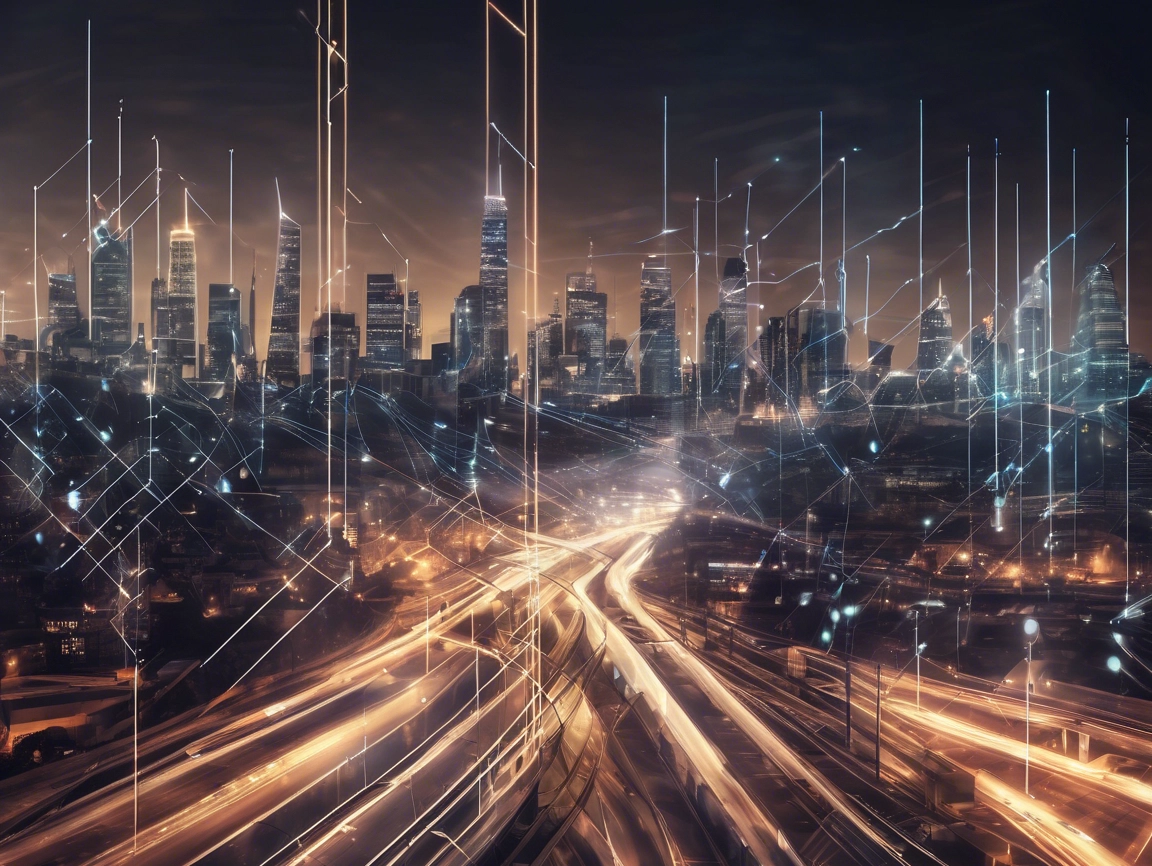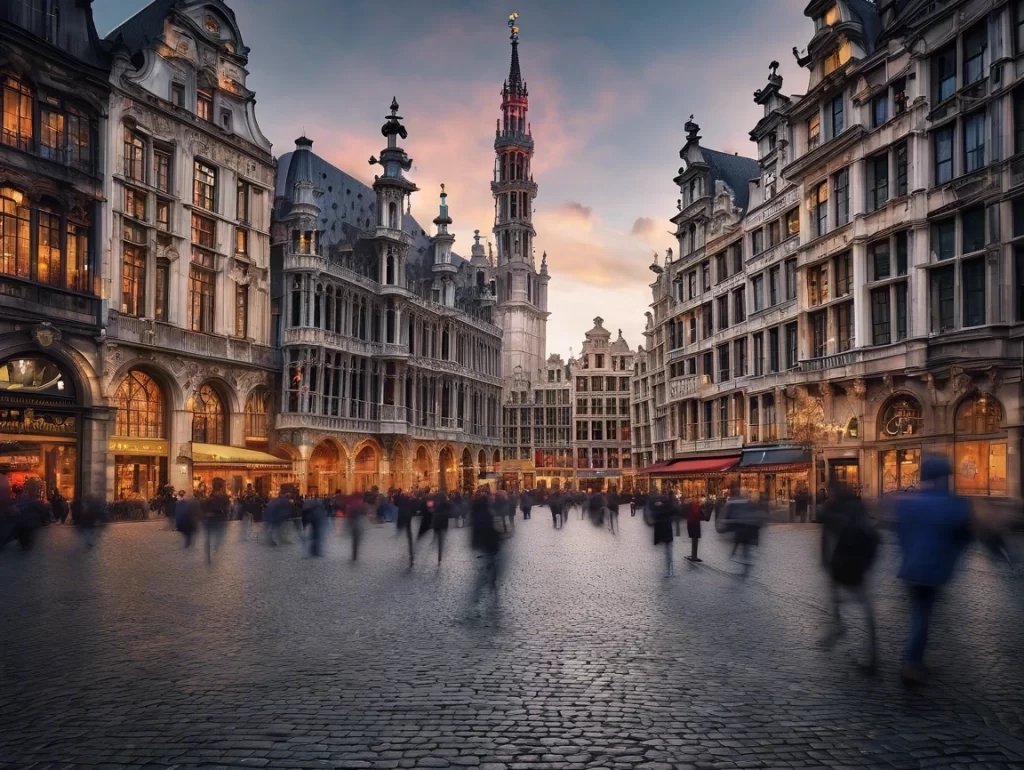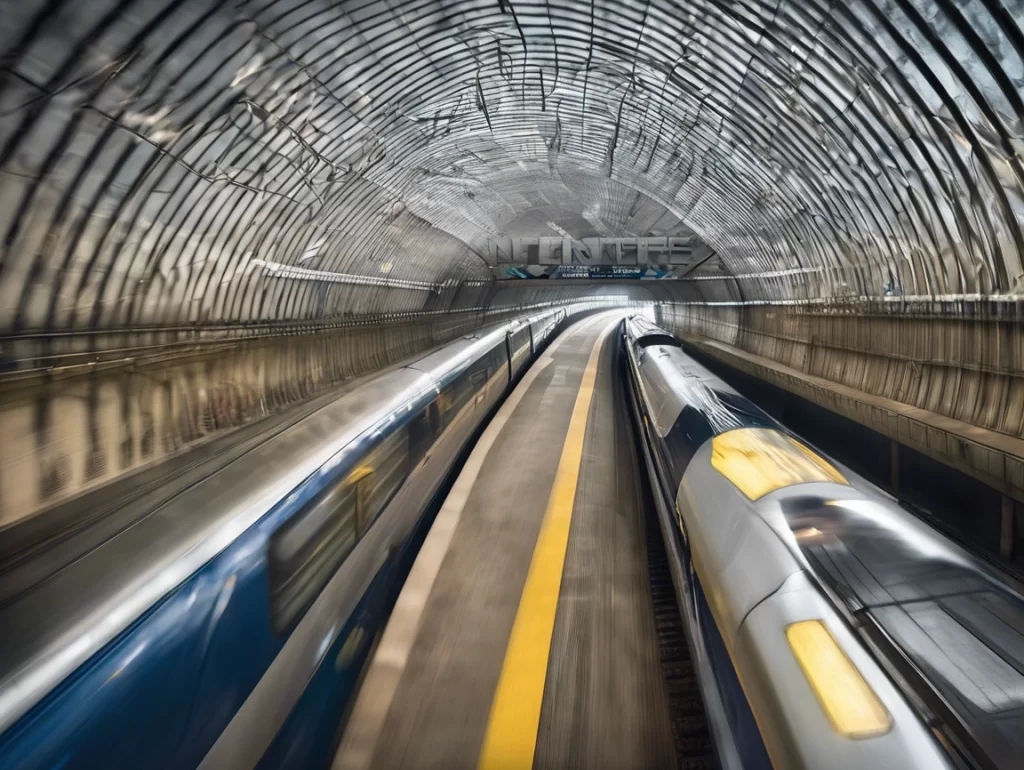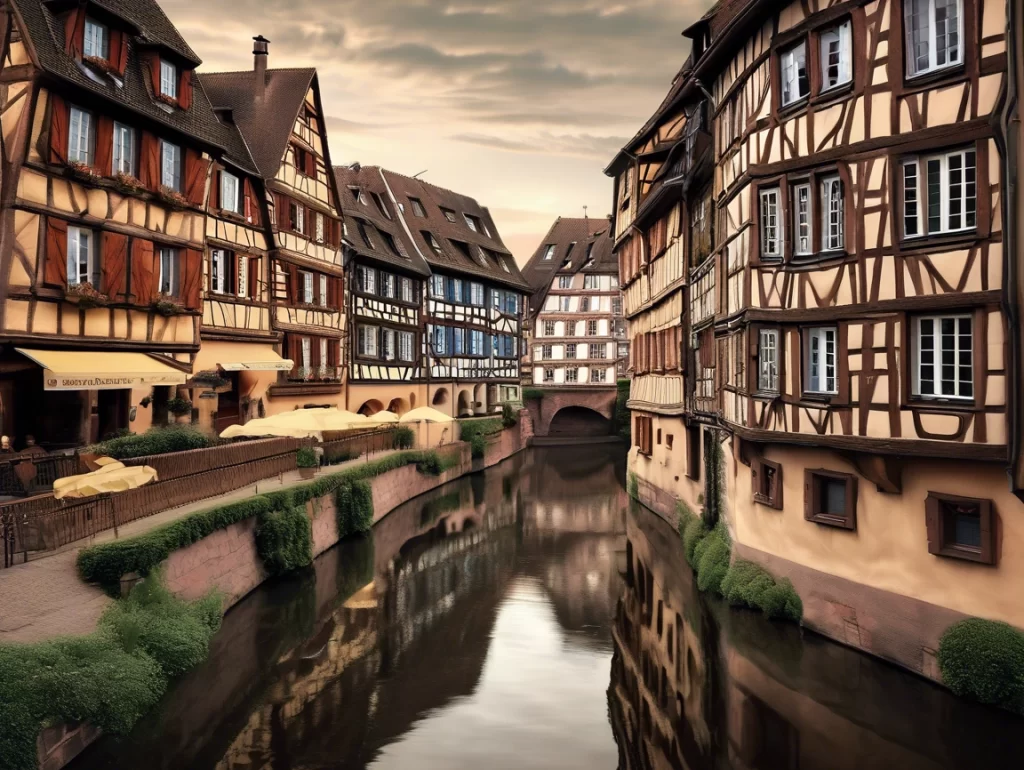The Rise of Smart Cities: What It Means for You
From traffic lights that think to trash bins that message city hall when full, smart cities are no longer the stuff of science fiction. They’re here — and they’re changing the way we interact with the places we live, work, and travel through.
But what is a “smart city,” really? And more importantly, what does it mean for everyday folks like us?
What Is a Smart City?
At its core, a smart city uses data, digital infrastructure, and connected devices (IoT) to improve urban living. These improvements can include:
- Smarter traffic flow using AI and sensors
- Energy-efficient buildings that regulate usage in real time
- Public services that respond dynamically to demand
- Predictive maintenance of roads, water systems, and lighting
- Safer streets via camera networks and emergency response systems
IBM and Cisco have both played leading roles in defining the tech backbone of smart cities — but it’s the way cities apply these tools that really matters.
Cities Leading the Smart Charge
Some cities are already running laps around the rest of the world when it comes to intelligent infrastructure. A few notable examples:
1. Barcelona, Spain
Barcelona uses IoT sensors to monitor parking availability, control street lighting, and reduce water waste in public parks.
2. Singapore
Often ranked the smartest city in the world, Singapore uses real-time data to manage traffic, immigration, public housing, and more — all linked via the Smart Nation initiative.
3. New York City, USA
NYC’s LinkNYC kiosks, smart water meters, and integrated emergency systems make it a leader in urban tech adoption.
4. Tallinn, Estonia
Not just a smart city — a digital society. Nearly every service is online, from voting to healthcare.
How Smart Cities Affect Daily Life
Even if you don’t live in a tech-forward metro, smart city initiatives can trickle down in ways you might not realize:
- Faster commute times thanks to synced traffic signals
- Lower energy bills from smart grids and building systems
- More reliable trash pickup with real-time bin sensors
- Cleaner air due to pollution sensors adjusting regulations
- Quicker emergency response using AI-driven dispatching
In short, your city can become more efficient, safer, and more responsive — which feels a lot like progress.
Challenges to Watch
As with any big tech leap, smart cities raise concerns too:
- Privacy and surveillance — who’s watching the watchers?
- Data ownership — should cities sell or share your info?
- Digital inequality — not every citizen has access to smart tools
- Cybersecurity risks — more connectivity = more points of attack
Experts like the Brookings Institution argue for digital ethics frameworks and better transparency as cities evolve.
The Nerd Factor: Why This Matters to Us
This is right in our wheelhouse. Nerds love tech + systems + long-term implications, and smart cities bring all three into focus. From urban design to edge computing, it’s a sandbox of innovation.
Understanding how these systems work — and don’t work — gives us a say in shaping smarter futures, not just reacting to them.
Final Thoughts: Smarter Cities, Smarter Citizens
Smart cities are built from the ground up with data and connectivity in mind, but the most important component? People. Your voice, your data, your interaction with the systems.
Whether you live in a metro with smart sensors or a small town just getting high-speed internet, the choices being made today will shape how we live tomorrow.
Explore how smart cities are transforming urban life.









